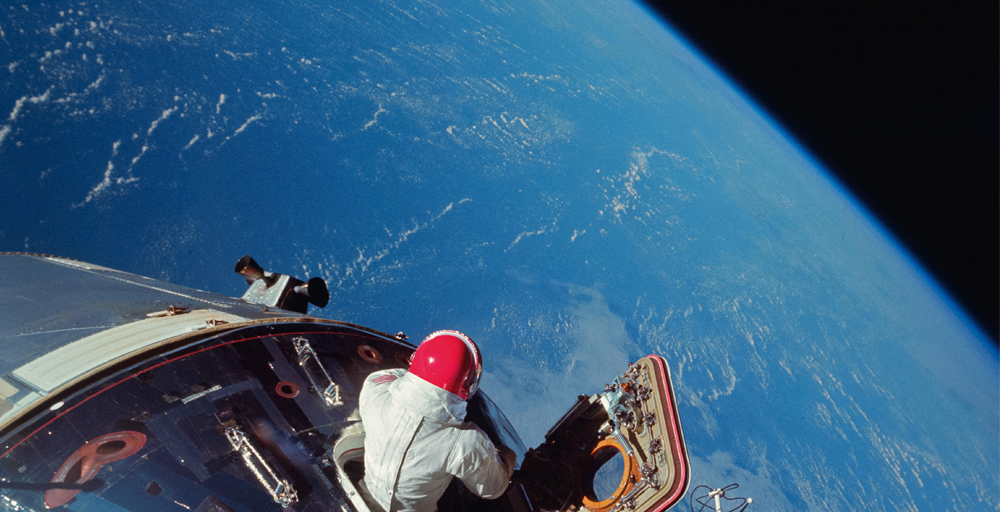‘The NASA Archives,’ a New Book About the Space Agency’s Glory Days, Is Out of This World
Fifty years ago the world watched in awe as astronauts took their first steps on the moon. The product of nearly a decade of work by a team of almost half a million people, the Apollo moon landing was heralded as humanity’s greatest achievement. It was by any measure an incredible feat, and it firmly established the fledgling American Space Program, led by NASA, at the forefront of the new space age. With its roster of steely-eyed astronauts and its legion of tireless, slide rule-wielding engineers, NASA would become synonymous with the golden age of space exploration.
Among those watching awe-struck in 1969 was Piers Bizony, who was ten years old at the time. He remembers staying up with his parents into the early hours of the morning to watch the astronauts emerge from the lunar lander. “It really made me think that human beings were coming out of the dark ages and going into some brighter, bolder future,” he recalls.
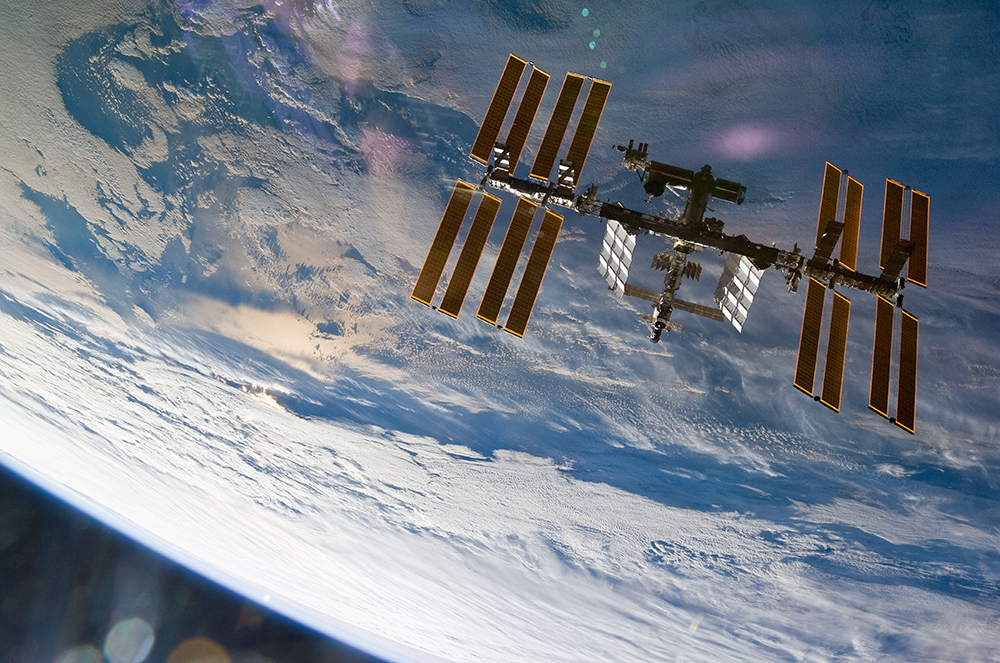
Andrew Chaikin also grew up in the age of Sputnik and Apollo, and has spent the decades since learning everything he can about humankind’s race to explore the cosmos. Bizony and Chaikin, two of the world’s foremost space historians, helped bring to life Taschen’s new book, The NASA Archives, which celebrates the 60th anniversary of the American space agency and the 50th anniversary of the Apollo moon landing. Filled with spectacular vintage photographs of astronauts, rockets and stunning interplanetary vistas, the book is an ode to humanity’s ongoing obsession with the far reaches of space. Aside from chronicling NASA’s efforts to unlock the secrets of our universe, the book also delves into why we’re so drawn to space exploration in the first place.
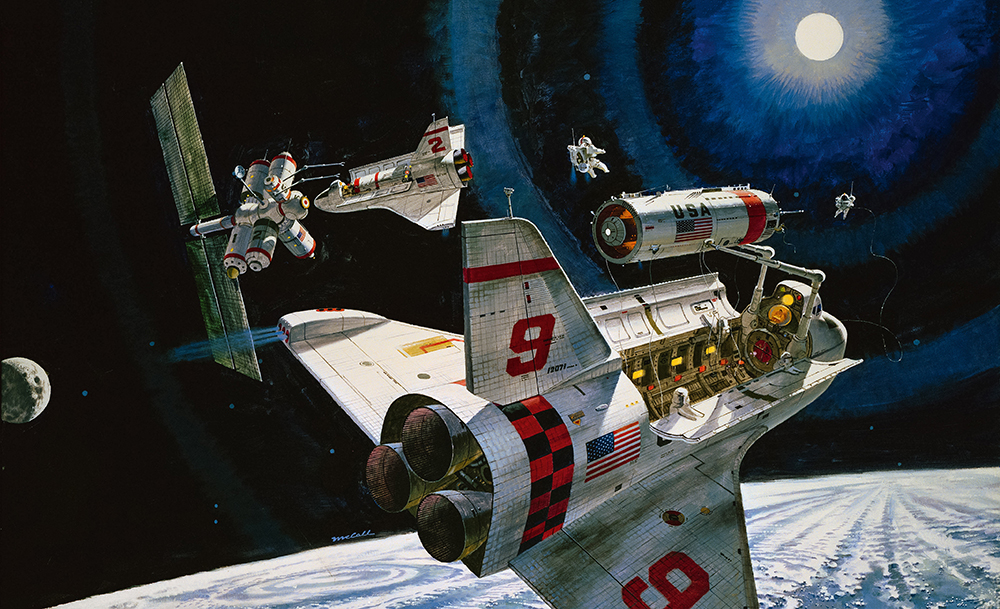
Chaikin’s working theory is that exploration is a basic human drive, and space provides the ultimate opportunity for discovery. “We love the feeling of awe that we get seeing earth from space, or seeing a world like Pluto, that no one has ever seen before,” he says. “Space exploration provides that feeling in a way that almost nothing else does. I think it’s something we need to do as human beings.”
From Project Mercury, the first human space flight program, through Gemini and Apollo, to the Columbia Space Shuttle and the Mars Rover, NASA has spent the last half-century providing the world with just this kind of awe-inspiring view. Through its pictures of earth from space, and its haunting images of the desolate Martian landscape it inspires us to dream of worlds beyond our own, but it also speaks to another human need: connection.

“I think one of our profoundest urges as conscious creatures is to want to find other entities to talk with, and to find meaning in our lives,” says Bizony. “I think that’s what spaceflight does. If a time ever came when we were not dispatching spacecraft into the farthest reaches of the solar system and beyond, that would be a sign that life had ended on earth.”
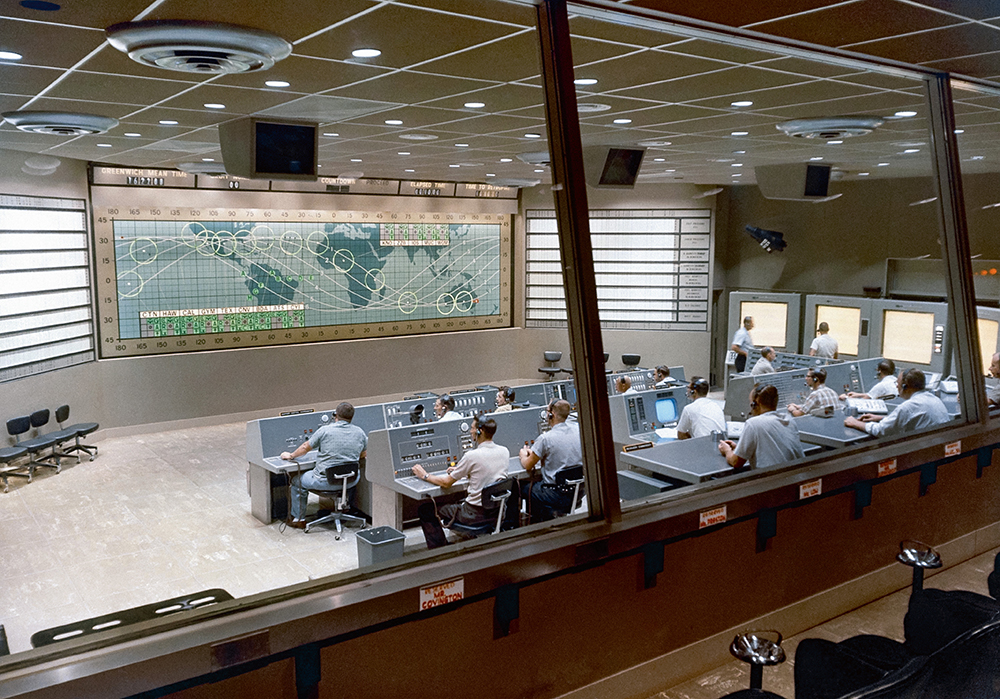
He may well be right. Despite NASA’s dwindling funding for manned space missions in the 21st century, there is no shortage of other organizations with their sights set on Earth’s orbit and beyond. Earlier this year China became the first country to land a rover on the far side of the moon, and it plans to send an astronaut to the lunar surface by 2025. Elon Musk’s SpaceX, meanwhile, is hard at work picking up where the American space agency left off. By dramatically lowering the cost of sending payloads into space, SpaceX is well on its way to creating a new space age. The company has already booked its first space tourist for a weeklong trip around the moon as early as 2023. Its plans, however, are far more ambitious than simply offering rides on space ships for those with enough money to pay the fare: Musk has stated the goal of establishing a self-sustaining settlement on Mars, and plans to send the first colonists there as early as 2024. Audacious as it sounds, SpaceX is designing its biggest rocket yet, the BFR, specifically for this purpose. With capacity for 150 tons of payload, the BFR could make the trip to the Red Planet in less than six months with 100 passengers on board.
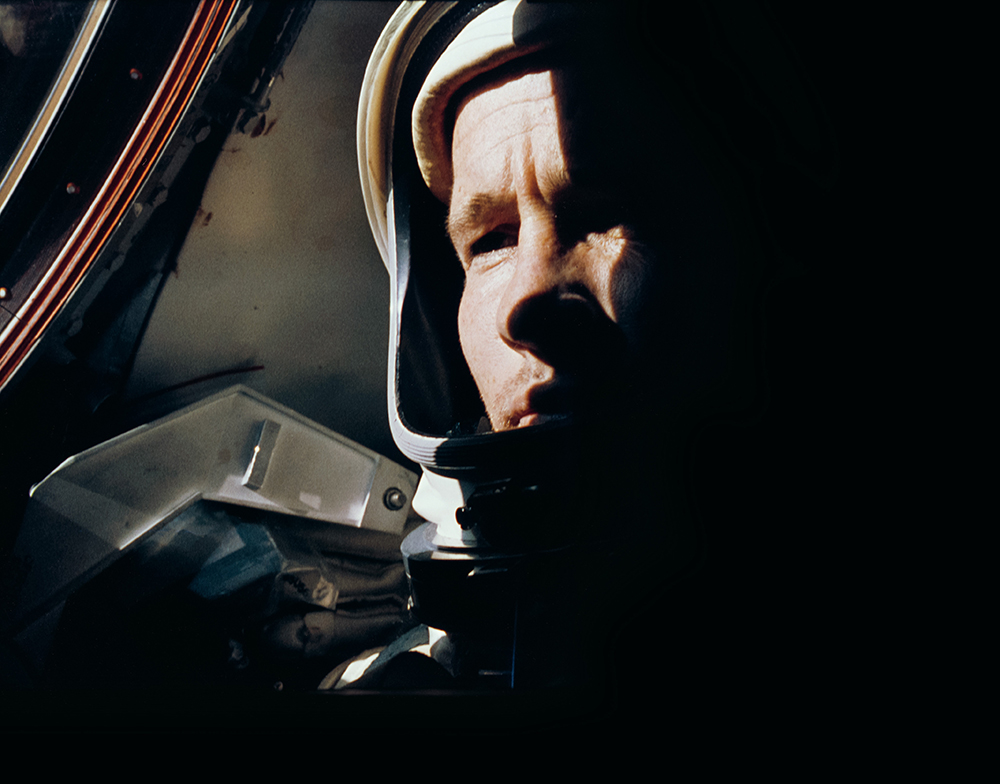
Billionaires like Elon Musk may have the means to travel to the stars, but that’s only one piece of the equation. His interest in space, like so many before him, is about chasing something much bigger than wealth, power or bragging rights. It’s about discovery. “He isn’t doing this to make money,” says Piers Bizony. “He’s making money because he wants to get into space. Sometimes you just need to be a dreamer and find a way of doing it. People throughout history have said, ‘Let’s get up there first and then see what we find.’”
Fifty years after Apollo’s “small step for man,” it seems like another giant leap for mankind may be close at hand. No one knows what further discoveries await on the moon or Mars, or elsewhere in the far reaches of space, but one thing is certain: whatever we find out there won’t satisfy our curiosity. Exploration is part of what makes us human and space will always be the ultimate frontier.
